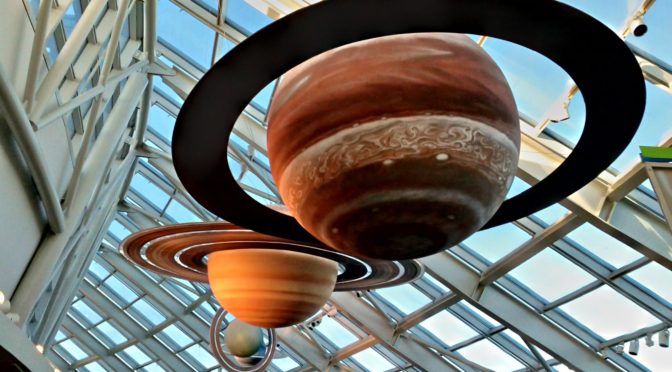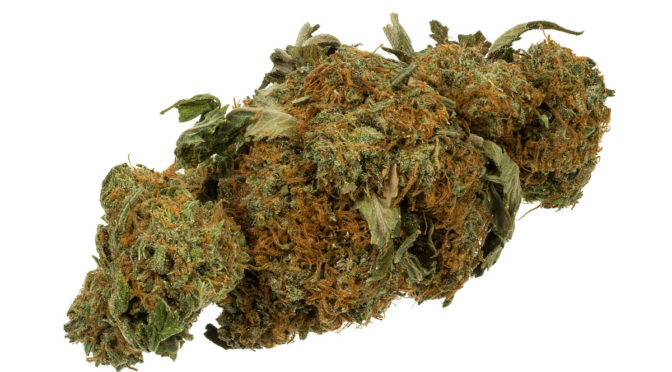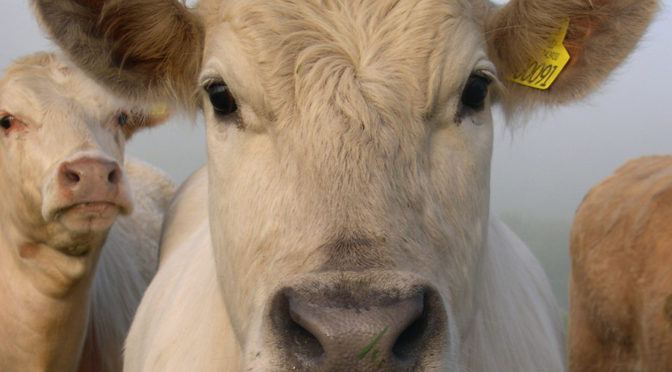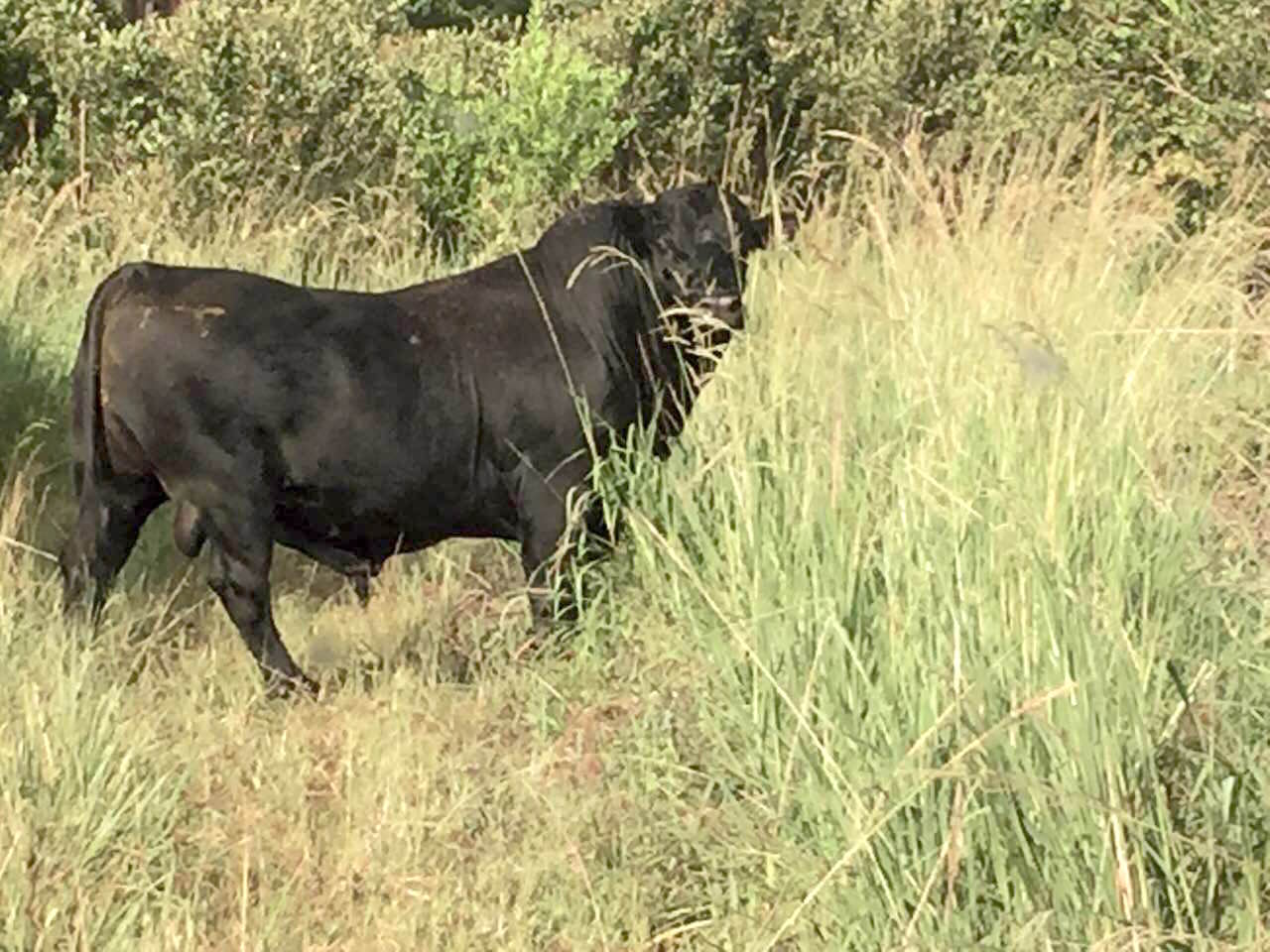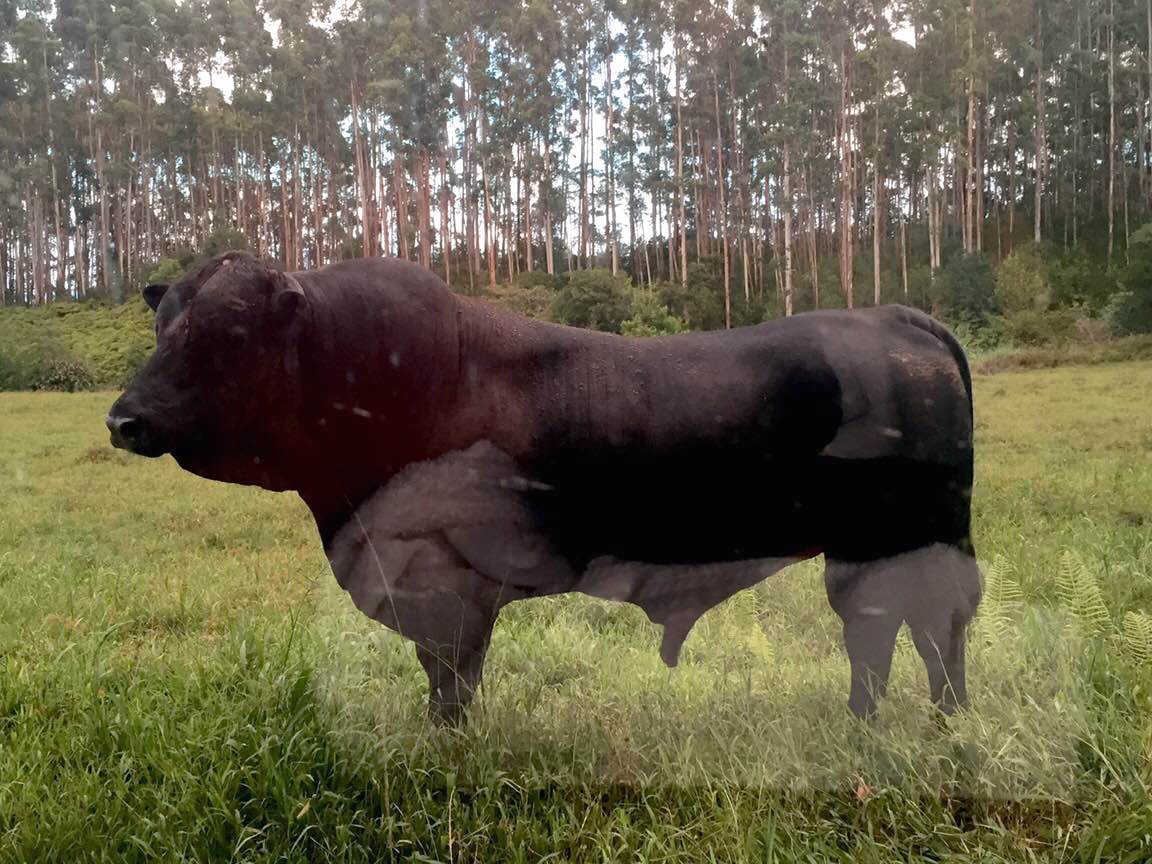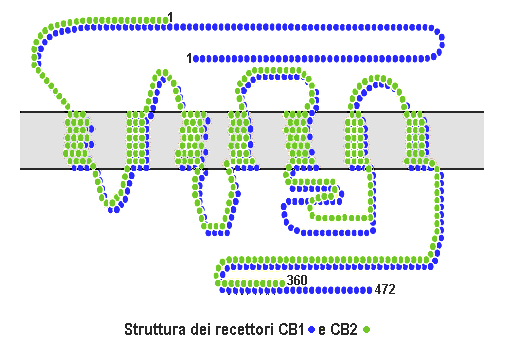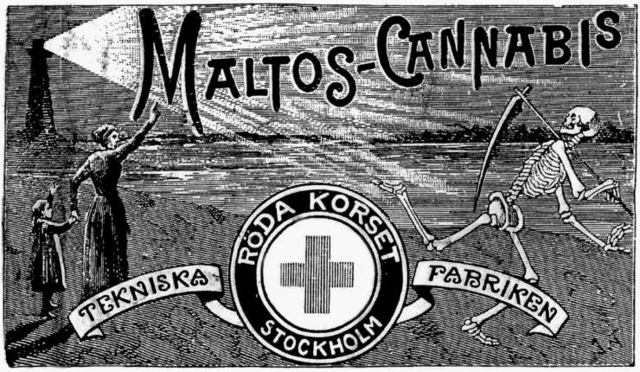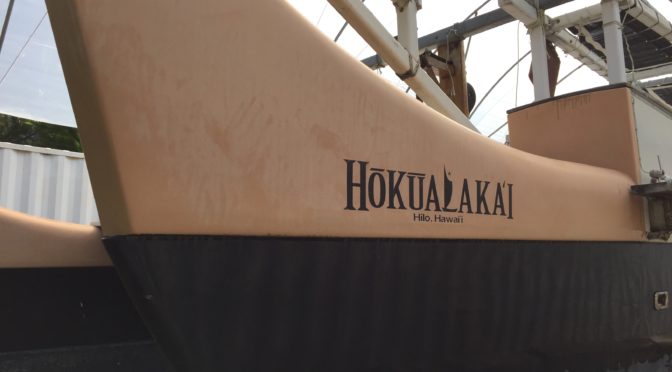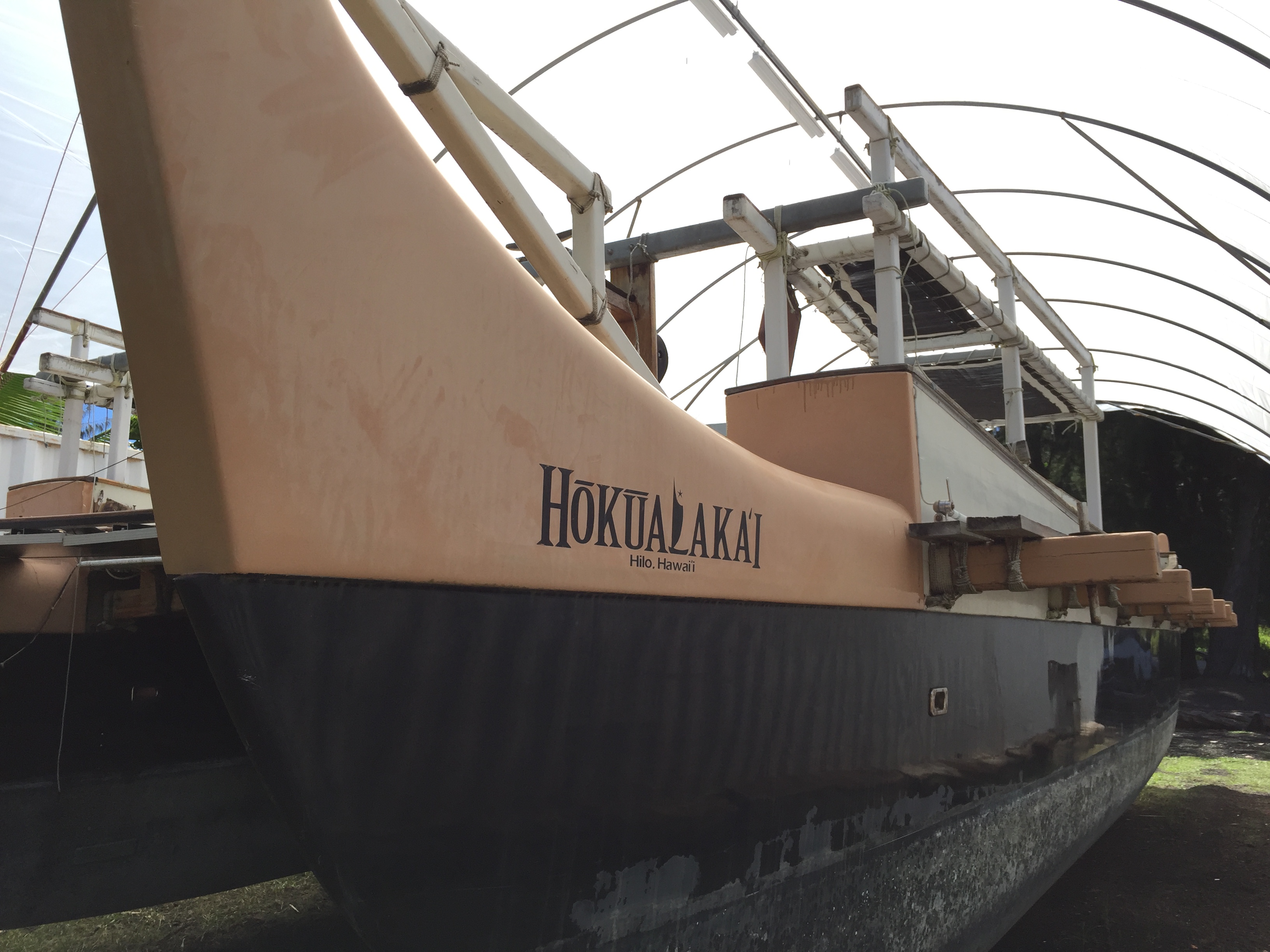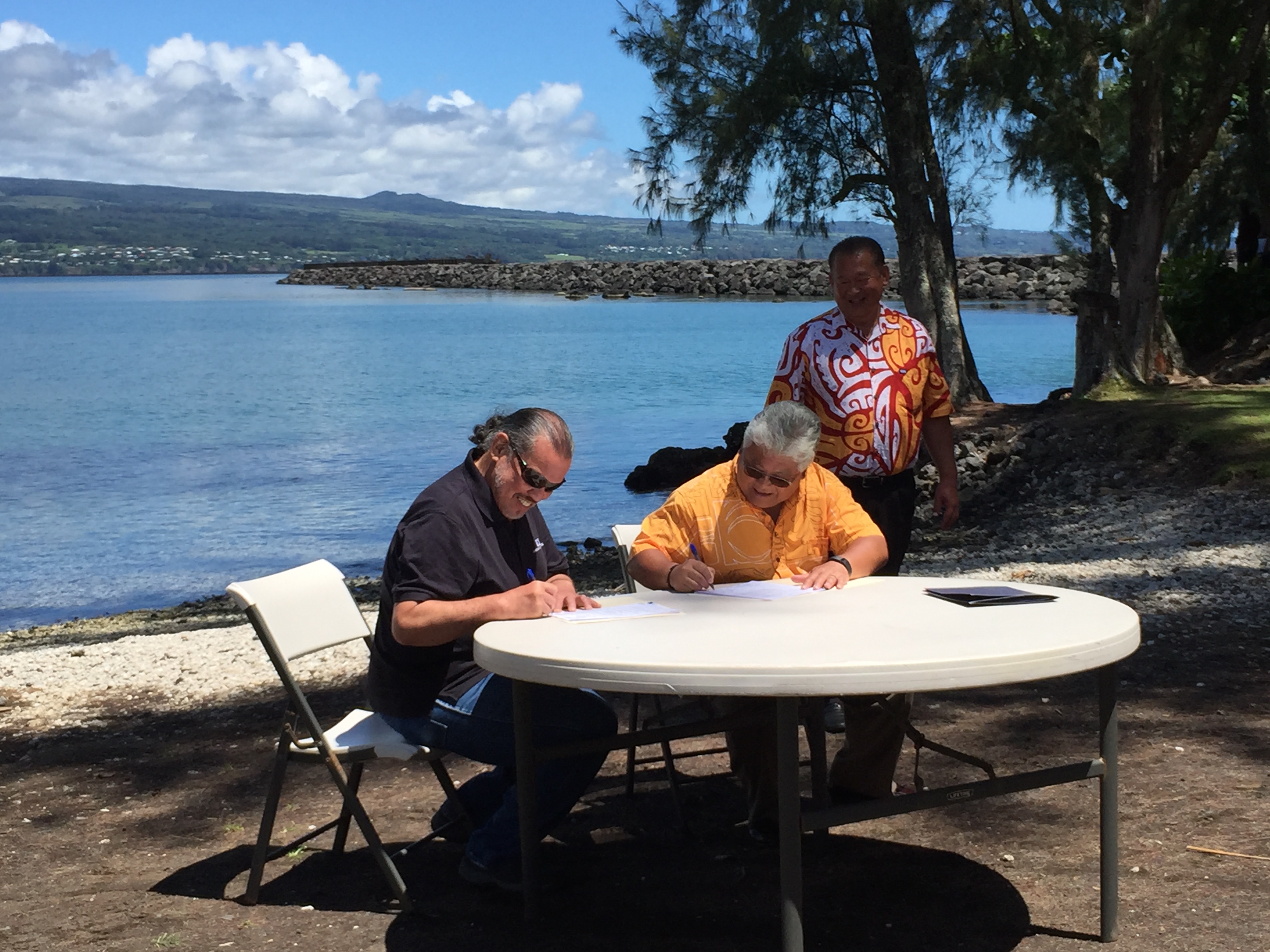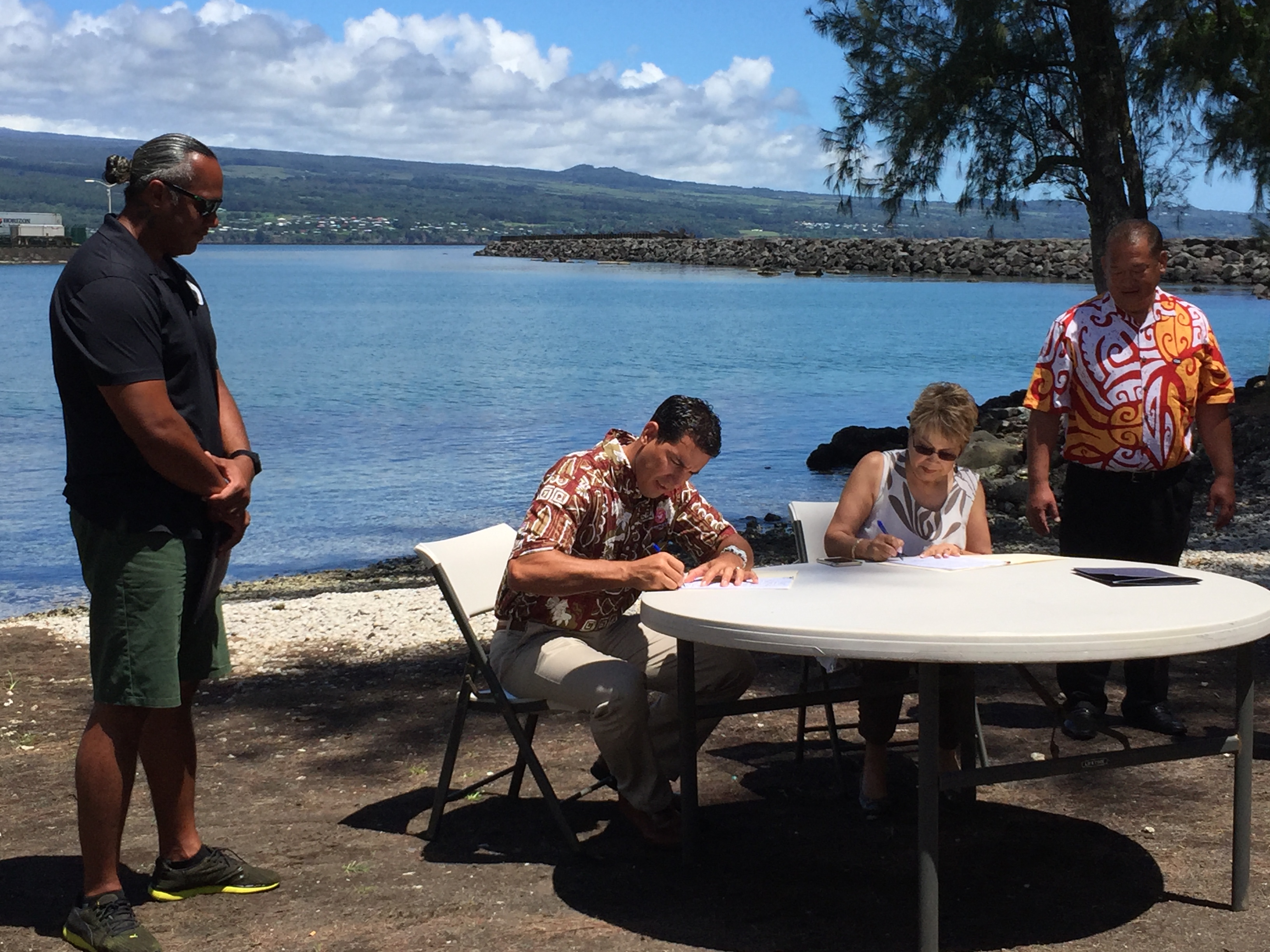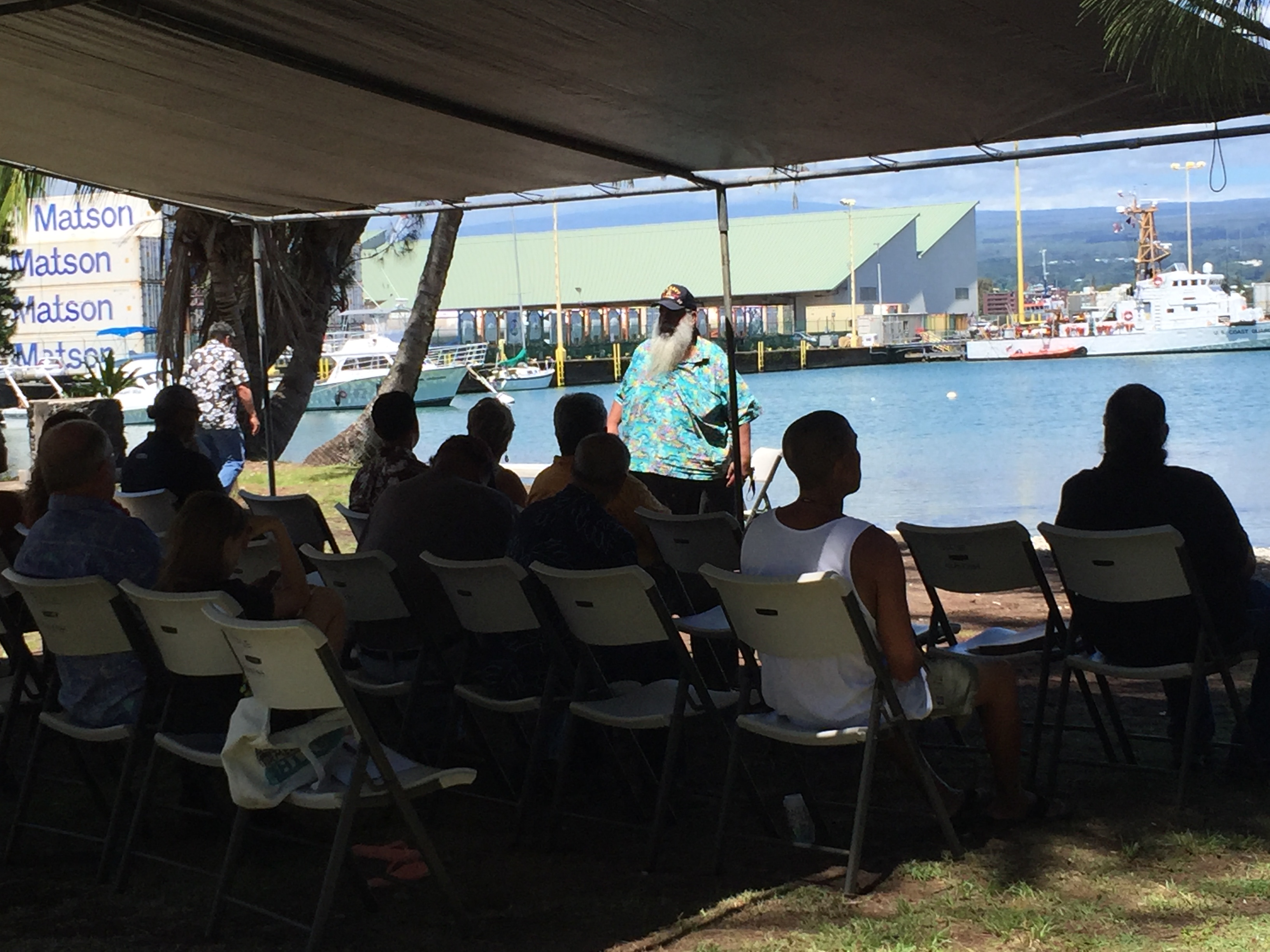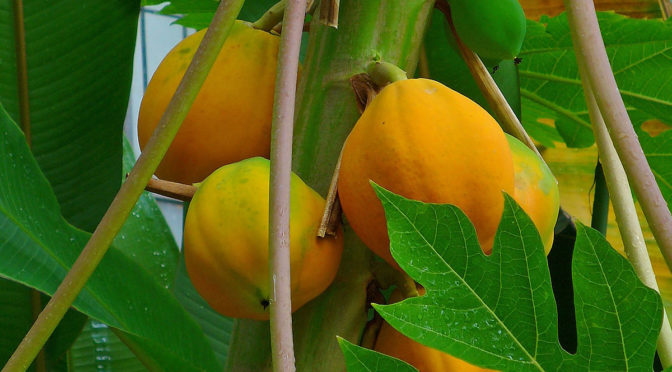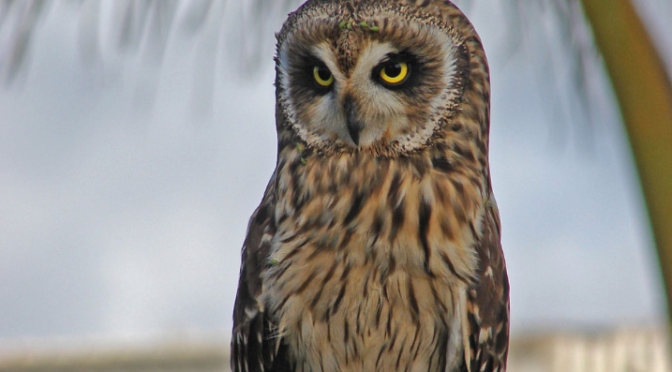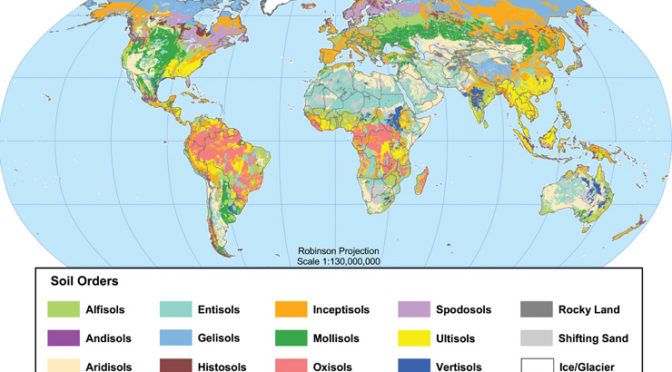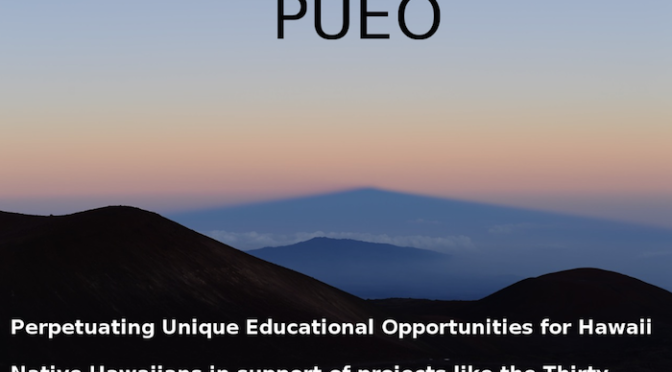Take away all the politics and cannabis is just another plant. The history of cannabis being used medically is extensive, though; people have used it for its medicinal qualities for thousands of years.
So what’s the difference between “cannabis” and “marijuana?”
“Cannabis” is an old word. It’s the name of the genus of the flowering plant that is indigenous to Central and South Asia, and the Greek, Persian and Hebrew languages all have variants of it.
The more recent term “marijuana,” a word used more commonly in the U.S., probably derives from slang. The 1937 U.S. Marihuana Tax Act legitimized the word.
Whatever you call it, the history of cannabis use, both for medicine and ritual, goes back thousands of years.
Ancient History of Cannabis
In around 2700 BC, the Chinese Emperor Shen Nung was prescribing cannabis tea to treat gout, rheumatism, malaria, and poor memory. Hindus in India and Nepal used it thousands of years ago. Ancient Assyrians used it in religious ceremonies.
Just twelve years ago, in China, archaeologists found a leather basket full of cannabis leaf fragments and seeds next to a mummified shaman they dated at around 2,500 to 2,800 years old. There’s evidence of cannabis use in Egyptians mummies that lived in around 950 BC.
And the South African Journal of Science says that, more recently, pipes dug up from William Shakespeare’s garden in Stratford-upon-Avon contained cannabis.
Jim Berg, M.D., who has offices in Kona, Ocean View and Hilo, is physician to about half the Big Island patients with medical marijuana cards. He says the ancient Chinese used cannabis for what they called “unsettled spirit.”
Long Ago Experts
“The Chinese had some interesting ways of calling schizophrenia and bipolar, mental illness, ‘unsettled spirit,’” he says. “So cannabis would settle the spirit and help calm people down, and help them get better sleep.
“The Chinese really had some interesting names. Like they said that hot phlegm obscured the portals of the mind. They used cannabis to clear the hot phlegm and to clear the portals.”
He says that by the time of Huangi, the “Yellow Emperor” of China who reigned from about 2697 to 2597 BC, “they had a very sophisticated system and their pharmacy was actually quite advanced.
“I would put their pharmacists up against our pharmacists any day, because we’re scientifically based but they were practically based. They would go pick their plants. They would have to prepare all their medicines and use them, and then they would get the direct feedback from the people.” The history of cannabis, he says, includes its use for childbirth in the Middle East.
In America
In 1619, King James I decreed that every colonist in the Virginia Company grow 100 hemp plants. Hemp is a non-psychoactive variety of the Cannabis sativa plant. Its fibers made rope, sails and clothes. Hemp was legal tender in Pennsylvania, Virginia, and Maryland.
Cannabis was used extensively in medicines and was extremely commonplace in the U.S. between 1850 and 1937, says Berg. “We have well-documented use of it being used by doctors then,” he says. “In fact, we can easily say it was the most prescribed medicine in this country for people before 1937.”
“It was used for sedation and as an anesthetic for doing basic procedures. It was used for depression, and it was used, most importantly, for sleep. It was in sleep tonics. It was in pain medicines. I think sleep and pain are probably the most traditional reasons cannabis were used over the years in this country – people trying to deal with their pain issues.
“And this is all stuff that was totally legal at the time. People could just buy from the guy down the street, or the guy in the wagon. Of course, there were probably many people who got addicted to the opiate in it. That was probably why it got to be such a big seller.”
Cannabis was mixed with other herbs, and often with opiates.
“Eventually, both the opiates and the cannabis became illegal, but until then they were used by moms and pops, by kids. It was in cough syrups. It was in good, old-fashioned tonics, just to help you feel better.”
Government Changes
When the U.S. Congress passed the Marihuana Tax Act of 1937, there was suddenly an excise tax on cannabis. People could only use it for authorized medical and industrial uses.
In 1970, the Controlled Substances Act passed, replacing the 1937 Tax Act. That’s when drugs were classified into different schedules for the first time. Cannabis and some other drugs became “Schedule 1.” This meant they had a high potential for abuse, had no currently accepted medical use in treatment in the United States, and there was a lack of accepted safety for use of the drug or other substance under medical supervision. It became illegal at the federal level to use a Schedule I substance.
(However, a synthetically prepared type of cannabis, Marinol, is commonly used to treat nausea and vomiting caused by chemotherapy and appetite loss caused by AIDS. It went on the Schedule III controlled substances list.)
Eye-Opening
It was significant to the way many Americans view medical marijuana, says Berg, when neurosurgeon Sanjay Gupta went on CNN a couple years ago. He did a series of investigations about cannabis and its medical properties. Among other things, he showed kids with seizures treated with cannabis that has high-dose CBD (the compound with medical benefits) and low-THC (the psychoactive part). Their seizures responded remarkably.
For instance, a young girl named Charlotte went from having 300 seizures a week, some of them two to four hours long, to just one or two a month.
“There is now promising research into the use of marijuana that could impact tens of thousands of children and adults,” writes Gupta, “including treatment for cancer, epilepsy and Alzheimer’s, to name a few. With regard to pain alone, marijuana could greatly reduce the demand for narcotics and simultaneously decrease the number of accidental painkiller overdoses, which are the greatest cause of preventable death in this country.”
Hawaii’s legislature voted to make medical marijuana legal in 1999. This change took effect in 2000.

